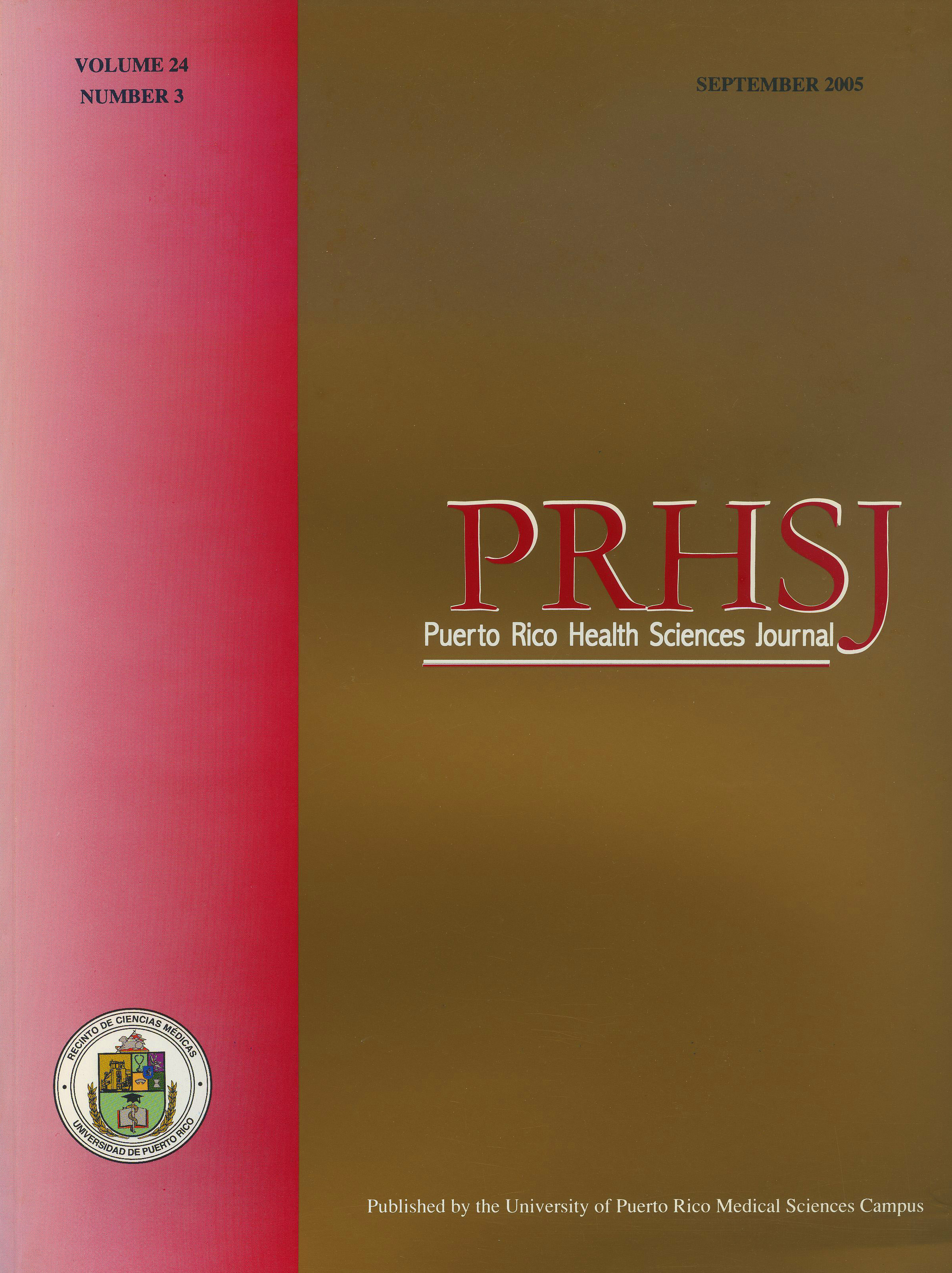Resumen
Polycystic ovary syndrome (PCOS) affects mostly young women causing chronic anovulation, hyperandrogenism, hirsutism and obesity with android pattern. The prevalence of the metabolic syndrome (abnormal glucose metabolism, dyslipidemia, hypertension and increased waist circumference) in PCOS is not defined although both have a common etiologic factor: insulin resistance. This retrospective study from medical records examined the presence of obesity and features of the metabolic syndrome in women with PCOS. The metabolic syndrome was defined as presence of two or more of the following signs: abnormal glucose metabolism, hypertriglyceridemia, low HDL, and hypertension. Thirty nine records of patients with PCOS were reviewed. The mean age was 29.4 years and the body mass index was 36 kg/m2. Hypertriglyceridemia was present in 43%, low HDL in 71%, hypertension in 36%, impaired glucose tolerance in 10% and diabetes mellitus type 2 in 37%. The metabolic syndrome was identified in 44% of sampled women with PCOS. These findings indicate that women with PCOS are at increased risk of diabetes mellitus type 2 at a young age. PCOS patients have higher prevalence of the metabolic syndrome than the rest of the population and thus are at increased risk of cardiovascular disease even if they don’t develop diabetes mellitus type 2.
Authors who publish with this journal agree to the following terms:
a. Authors retain copyright and grant the journal right of first publication with the work simultaneously licensed under a Creative Commons Attribution License that allows others to share the work with an acknowledgement of the work's authorship and initial publication in this journal.
b. Authors are able to enter into separate, additional contractual arrangements for the non-exclusive distribution of the journal's published version of the work (e.g., post it to an institutional repository or publish it in a book), with an acknowledgement of its initial publication in this journal.
c. Authors are permitted and encouraged to post their work online (e.g., in institutional repositories or on their website) prior to and during the submission process, as it can lead to productive exchanges, as well as earlier and greater citation of published work (See The Effect of Open Access).
